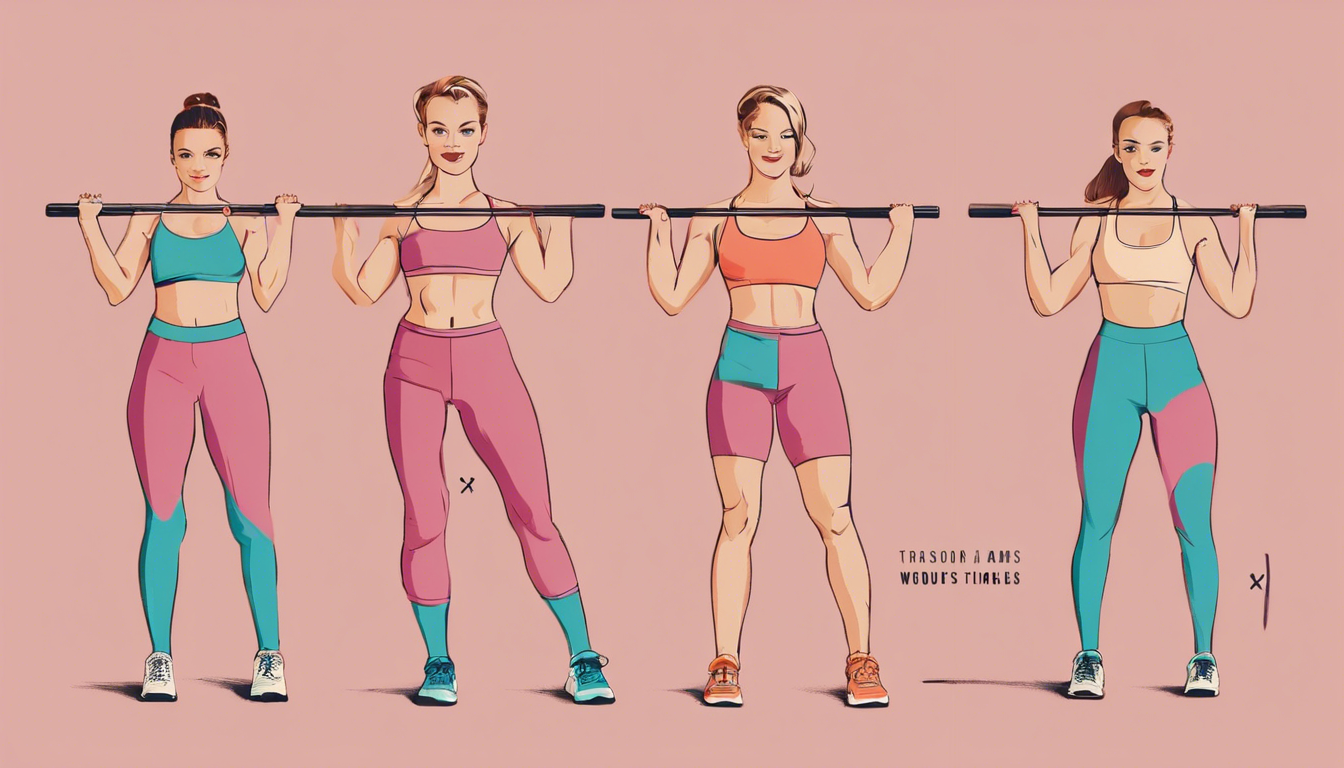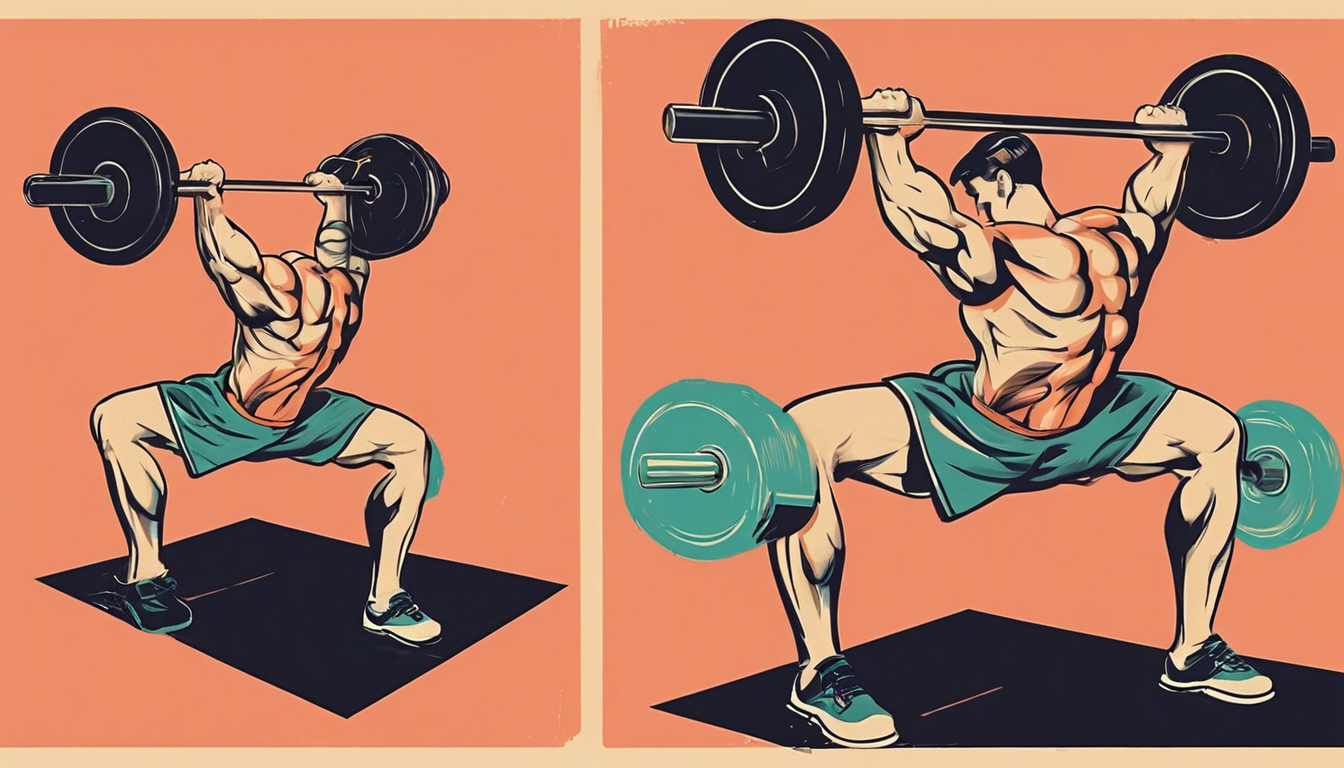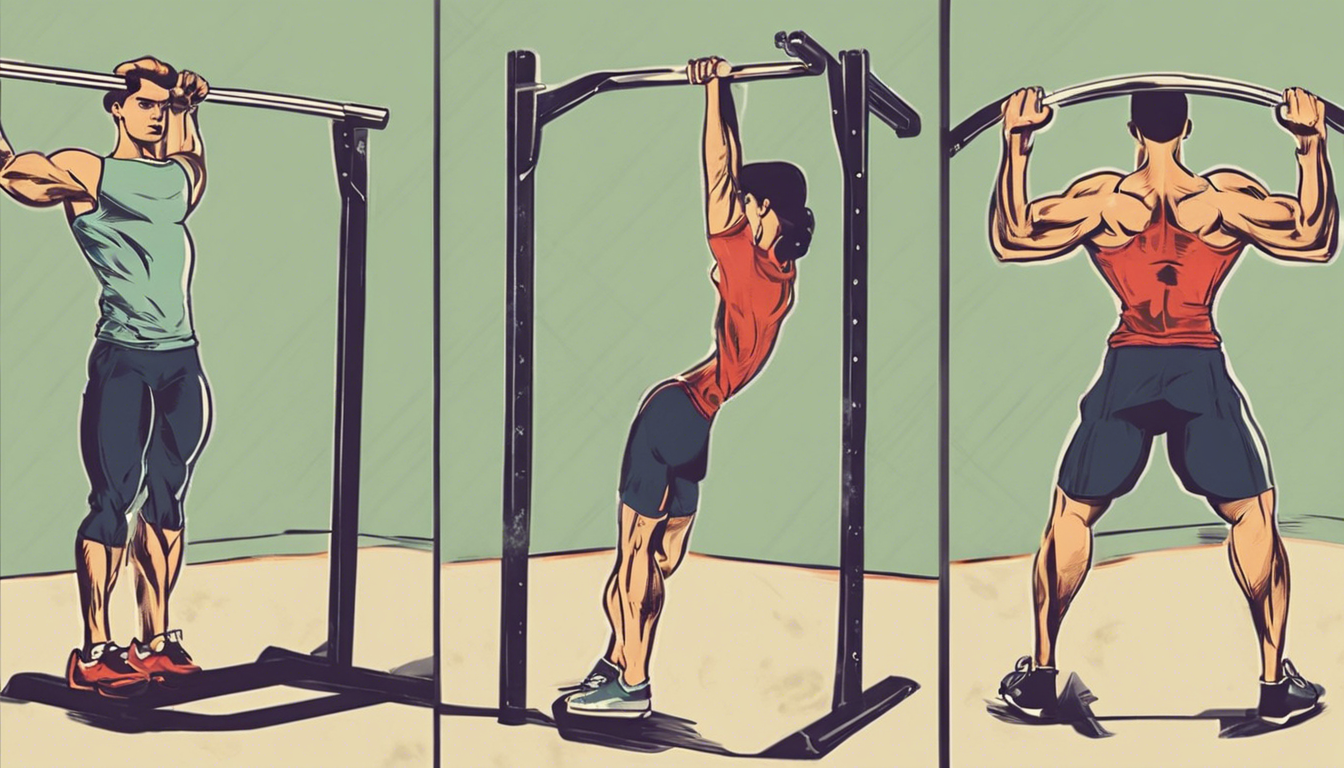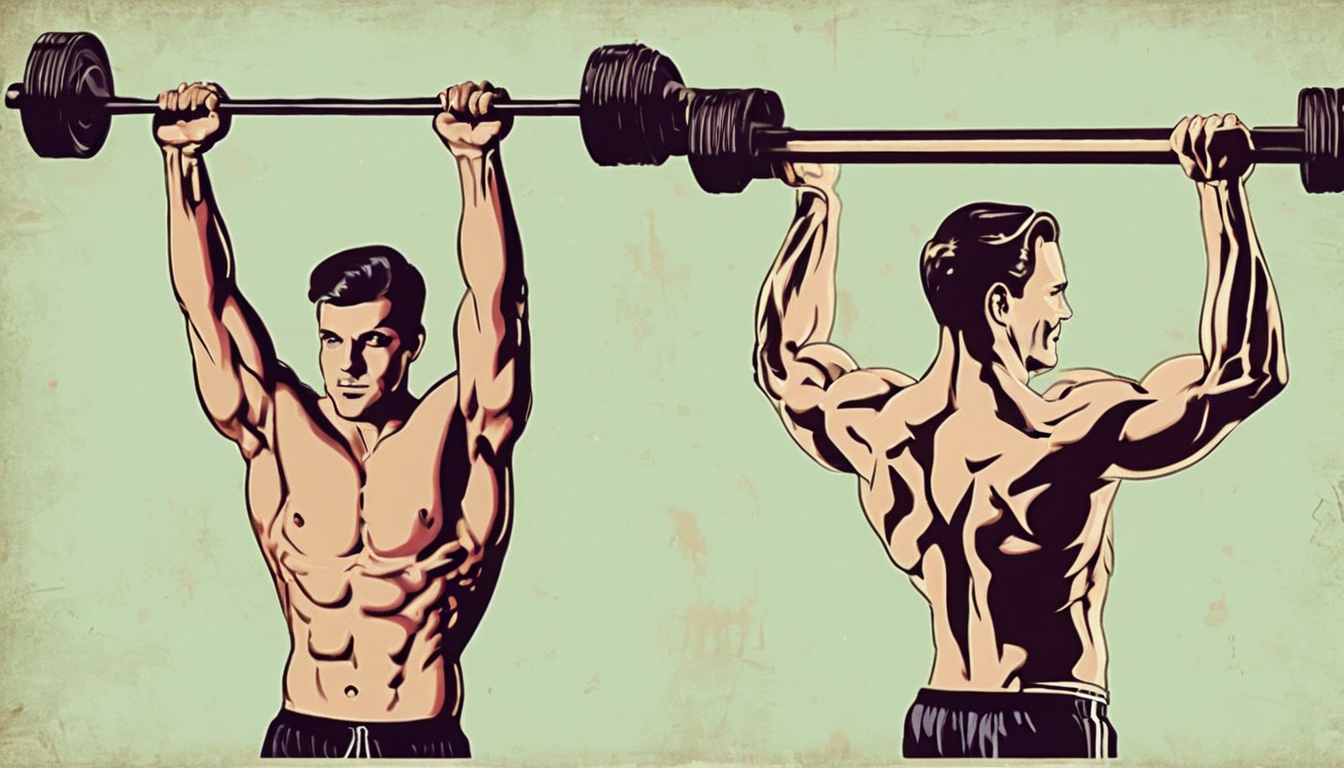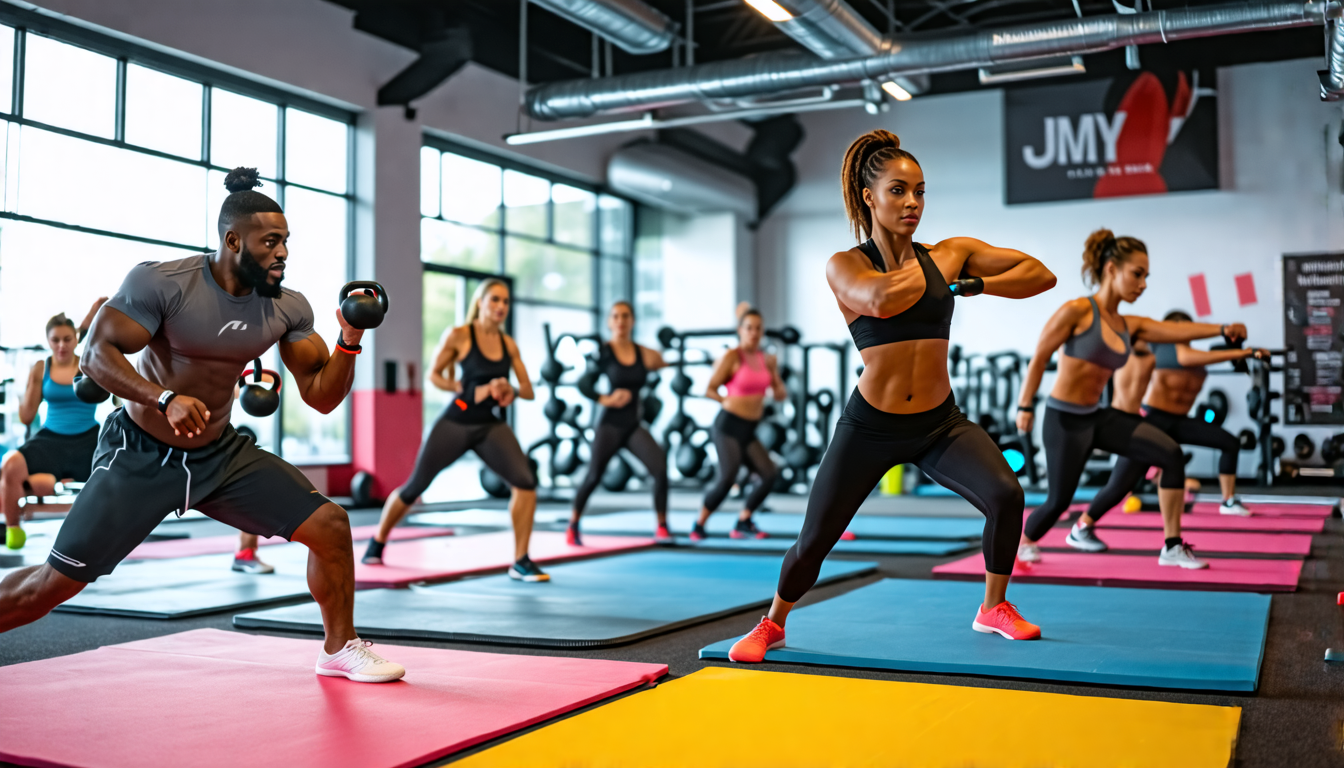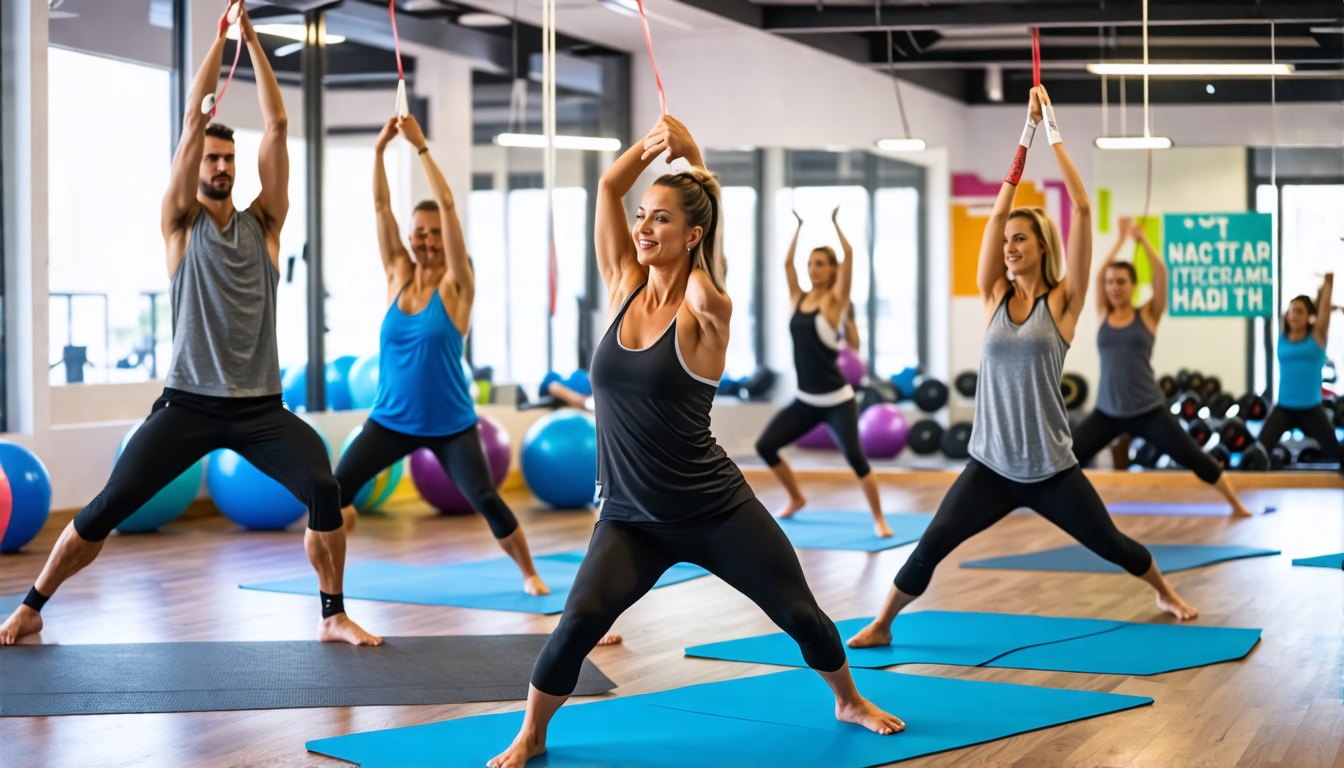
Building Core Strength: The Unseen Engine of Your Fitness
Imagine moving through your day with effortless power—lifting a heavy box without a second thought, playing with kids without a twinge in your back, or simply standing tall with a natural, confident posture. This isn’t just about fitness; it’s about functional freedom. That freedom is powered by your core, the central link in every movement you make. For beginners, building core strength is not an optional workout add-on; it is the foundational key to unlocking safer, more effective training and a more resilient body. Mastering this foundation transforms your entire physical potential.
Foundational Choices: Your Body’s “Hardware” Setup
Your core is your body’s integrated stability system. Your first step is understanding its architecture and preparing your mental and physical “workspace” for success.
Part A: Understanding Your Core’s Anatomy
Think of your core not as a single muscle, but as a muscular cylinder. The deep, unseen stabilizers (like the transverse abdominis and multifidus) form the cylinder’s walls, providing constant tension and spinal protection. The global movers (like the rectus abdominis and obliques) are the powerful cables on the outside, designed for generating motion. The consequence of neglecting the deep system is profound: it leads to poor posture, chronic lower back pain, and a body that moves in disconnected, inefficient segments instead of as a unified whole.
Part B: Creating Your Training Environment
You don’t need a gym. Your essential gear is minimal: a quality exercise mat for comfort and a clear space. The most critical tool is your mindset. Every exercise begins with setting up with intention—finding a neutral spine (neither over-arched nor flattened), and committing to mindful movement over mindless repetition.
The Core System: Principles of Engagement and Control
Building core strength is about mastering the system of internal pressure and stability, not just performing motions. It’s the art of controlled tension.
The Master Key: Diaphragmatic Breathing
This is the non-negotiable first skill. Lie on your back, knees bent. Breathe deeply into your belly, feeling your ribs expand laterally. As you exhale slowly, draw your lower abdomen gently inward without flattening your back. This breath-connection directly activates the deep transverse abdominis, creating your body’s natural, internal weight belt. Practice this for 5 minutes daily before any exercise.
The Pillars of Stability: Bracing vs. Hollowing
These are two distinct techniques for different goals:
- Bracing (for Stability): Imagine preparing for a gentle punch to the gut. You tense your entire midsection—front, sides, and back—while maintaining your breath. This creates 360-degree stiffness and is used for lifting objects, heavy squats, or planks.
- Hollowing (for Isolation): A more subtle, drawing-in motion focused on the deepest layer. It’s used in rehabilitative settings or for advanced body control, like in gymnastics holds.
For beginners, bracing is your primary, go-to strategy for almost all foundational exercises.
The Cultivation Phase: Your Foundational Exercise Blueprint
Move from theory to practice with this progressive blueprint. Here, quality and control are your only metrics for success.
Preparation Phase: The Non-Negotiables
Master these three anti-movement patterns before adding anything else. Perform them with deliberate slowness.
| Exercise | Primary Goal | Key Cues |
|---|---|---|
| Dead Bug | Anti-extension (preventing your back from arching) | Press your lower back firmly into the floor. Move opposite arm and leg slowly. Exhale as you extend. |
| Bird-Dog | Anti-rotation & spinal stability | Keep your hips square to the floor. Extend arm and leg until they are parallel to your torso, not higher. |
| Forearm Plank | Global stability & endurance | Squeeze your glutes and brace your core. Do not let your hips sag or pike up. Breathe steadily. |
Building Phase: Introducing Controlled Movement
Once you own the basics, integrate these movements to challenge stability with limb movement and light load.
| Exercise | Primary Goal | Key Cues |
|---|---|---|
| Glute Bridge | Posterior chain integration | Drive through your heels, squeeze glutes at the top. Prevent your ribs from flaring up. |
| Pallof Press (with band) | Anti-rotation under load | Stand perpendicular to a anchored band. Press the band handle out straight. Resist being pulled into rotation. |
| Stir the Pot (on ball) | Dynamic stability | In a plank position with forearms on a stability ball, make small, controlled circles with your elbows. Keep your body rigid. |
Threat Management: Avoiding Pitfalls and Plateaus
Adopt a proactive stance. Your best defense against injury and stagnation is impeccable form and intelligent progression.
Prevention: Form is Your Armor
The most common mistakes that derail progress are: overarching the lower back (especially in planks and bridges), holding your breath, and rushing through reps for count. Implement the “Check Your Spine” rule: before every set, consciously find a neutral spine. During every set, periodically scan for that position. If you lose it, reset or end the set.
Intervention: Smart Progression
You know you’ve mastered a movement when you can perform it for the prescribed time or reps with absolute control, steady breathing, and no form breakdown. Your progression roadmap should follow this order of difficulty: 1) Increase time under tension, 2) Reduce leverage (e.g., moving from knee plank to full plank), 3) Add minimal external load (e.g., a light plate for bridges). Crucially, understand what not to do: traditional crunches and sit-ups are not your starting point. They often reinforce poor spinal mechanics and neglect the deep stabilizers you’re aiming to build first.
Your Action Plan: A 4-Week Beginner’s Roadmap
Consistency beats intensity. Follow this phased plan to build unshakable habits and foundational strength safely. Perform this routine 3-4 times per week, with at least one day of rest between sessions.
| Week Focus | Primary Tasks (3-4 sessions/week) | What to Focus On |
|---|---|---|
| Weeks 1-2: Connection | Begin with 5 min of diaphragmatic breathing. Then, perform 2 sets of: Dead Bug (30s work), Bird-Dog (30s per side), Plank (20s hold). Rest 60s between sets. | Form mastery above all. Feeling the mind-muscle link. No pain, only purposeful tension. |
| Weeks 3-4: Consolidation | Begin with 3 min of breathing. Then, perform 3 sets of: Dead Bug (45s), Bird-Dog (45s/side), Plank (30s), Glute Bridge (12-15 slow reps). Rest 45s between sets. | Adding volume with perfect form. Introducing a slow 3-second tempo on each rep. Integrating the new movement seamlessly. |
The Transformation: Living with a Strong Foundation
Building core strength is the art of creating a fortress of internal stability—a stability that radiates outward into every action. This journey takes you from understanding your body’s hidden architecture, through mastering the subtle skill of engagement, to the disciplined execution of a intelligent plan. The reward is a body that moves as a unified, powerful system. You won’t just “do” exercises; you will move with inherent strength. Your daily life becomes an expression of effortless capability, free from the nagging limitations of a weak foundation. This is the unparalleled joy of a resilient body: a foundation that enriches every single movement you make.
